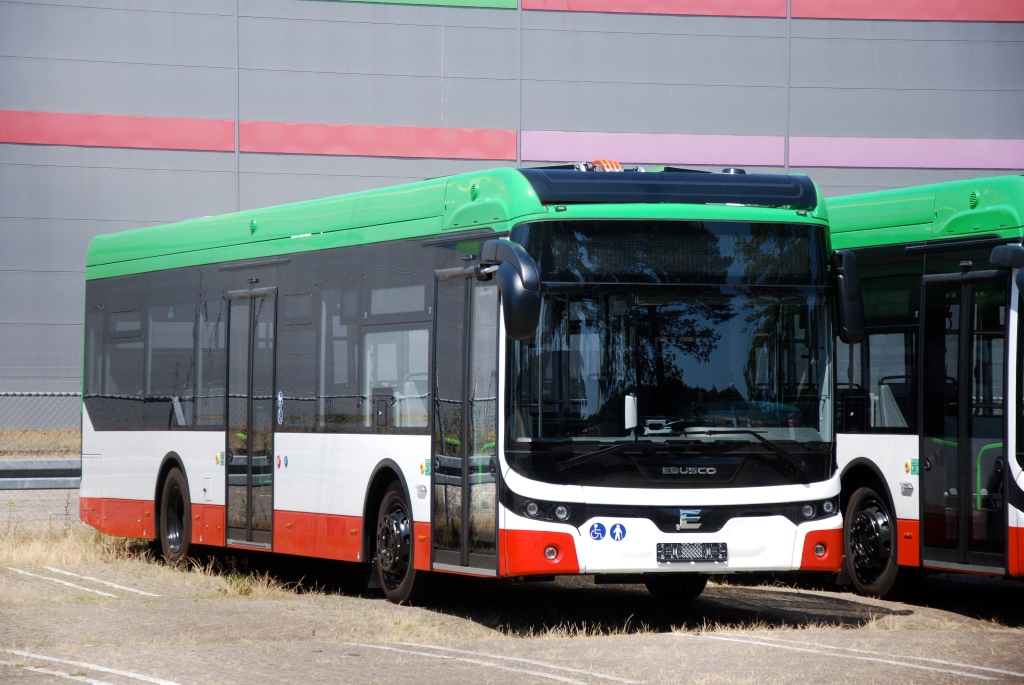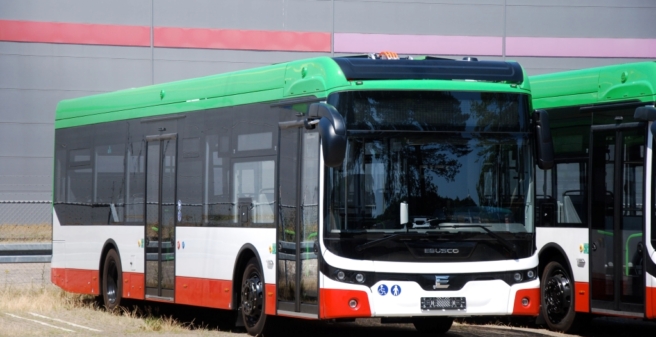
About the history of HCR
On 1 August 1905, almost exactly 118 years ago, the town of Herne and the then still independent municipality of Sodingen (now a district of Herne) founded a transport company. It was to connect the town and the neighbouring village with a “trackless railway” (an early form of trolley bus operation). The trackless railway of the Rhine communities (today the city of Monheim) was inspected, and the plans for such a means of transport in today’s Herne were buried. Instead, it was decided to build a tramway, which also went into operation on 20 December 1906 between the official building in Sodingen and the Shamrock colliery in Herne. On 18 September 1909, the municipality of Castrop also joined the tramway company, and the “Herne – Sodingen tramway” became the “Herne – Sodingen – Castrop tramway”. And construction began on the extension of the railway to Castrop Münsterplatz.
Since 03 May 1928, the company has officially been called “Straßenbahn Herne – Castrop-Rauxel GmbH”, or HCR for short.
On 30 September 1959 the tramway was discontinued, and since then HCR has been a pure bus company, despite its name. It started with Krauss-Maffei and Magirus-Deutz buses, and for a long time HCR was a brand-only stronghold of MAN buses. It was one of the companies that worked for a long time on the legendary MAN Metrobus (MAN 750 HO M 11 or MAN 750 HO M 11 A), one of the forerunner of the German Standardbus. Later, buses from Mercedes-Benz, Neoplan and Solaris also joined the fleet.
September 2020: the first two electric buses
HCR has been using its first two electric buses since September 2020. In a joint order with the neighbouring company Bogestra (Bochum – Gelsenkirchener Straßenbahnen), they had ordered cars of the type “eBus-12” from BYD in China, twenty cars for Bogestra, two for HCR (HCR cars 86 and 87), which are used on lines 321 and 324. By February 2023, they had reached a combined mileage of 185,000 kilometres. One of the two BYDs unfortunately had a serious accident recently.
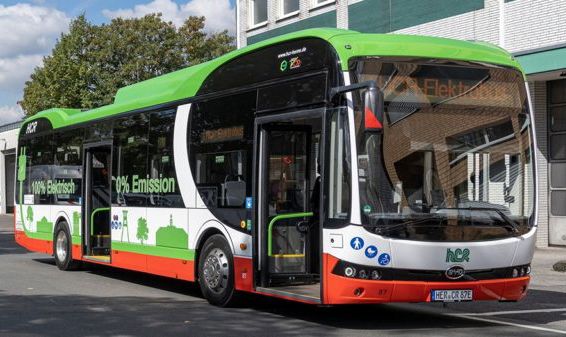
Complete conversion to electric buses
On 1 February 2023, HCR made the decision to rely on battery-powered electric mobility as the main drive technology in the future. From 2025, only electric buses are to be procured, which will then gradually replace all diesel buses. In 2036, all HCR buses (currently 73 vehicles) are to be completely converted to zero-emission propulsion.
Four “2.2” buses have been ordered from the Dutch manufacturer Ebusco and are about to be delivered to Herne. They will be given the service numbers 88 to 91 and will make it possible to serve lines 321 and 324 completely with electric buses. The first two electric articulated buses are scheduled to arrive at HCR in the coming year 2024.
About the Ebusco 2.2
Ebusco, based in Deurne, the Netherlands, started in 2012, with the first vehicles being bodyshells from the Chinese manufacturer Golden Dragon, which Ebusco equipped and completed as electric buses. Such a vehicle was also used as a demonstration vehicle by the Bonn SWB in autumn 2013. Note: In spring 2023, a second plant in Venray, the Netherlands, was added.
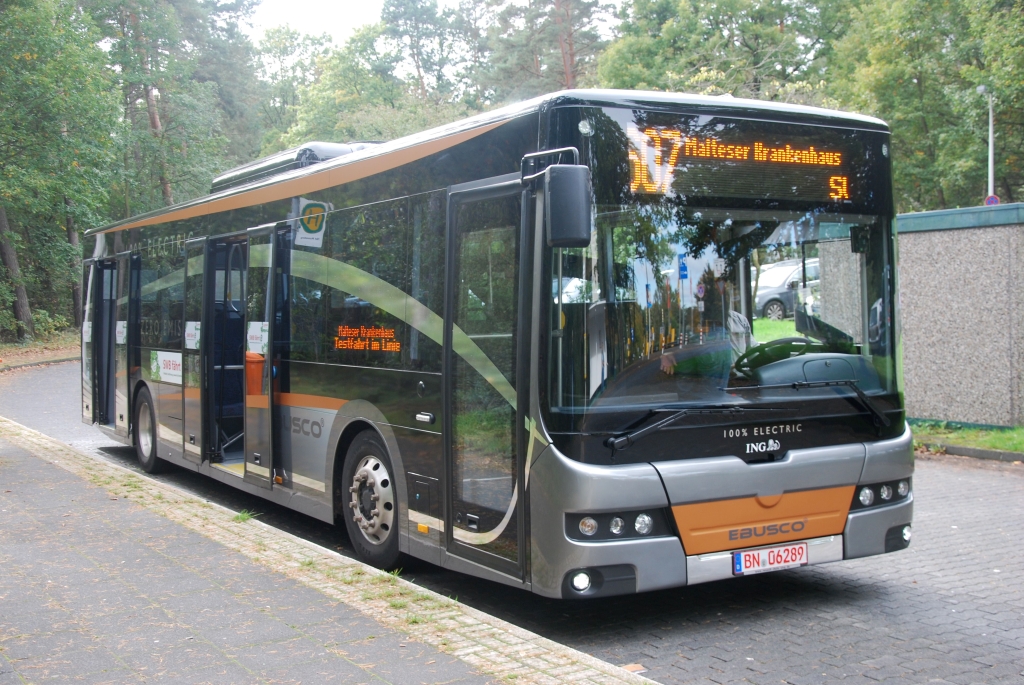
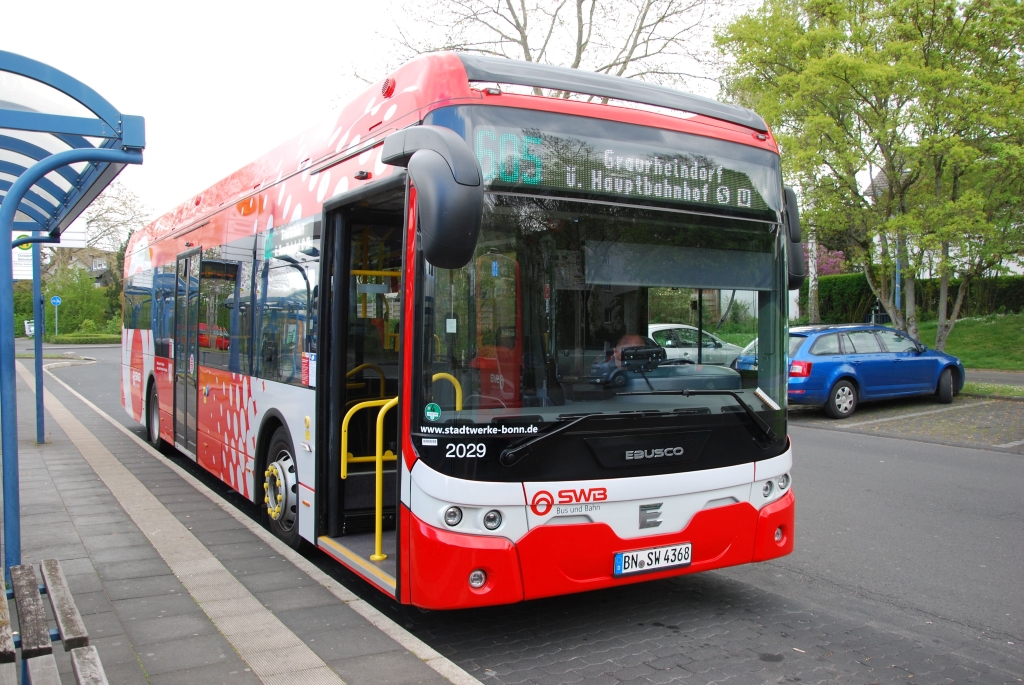
In the meantime, Ebusco is very successful on the market with its type “2.2”. Berlin’s BVG has the largest fleet of these trams in Germany, with 90 of them. Others exist, for example, at Regionalverkehr Oberbayern (in the Bad Tölz area), at Transdev in Frankfurt (25 wagons on behalf of the public transport authority TrafiQ) and at Stadtwerke Bonn (SWB), in the city transport systems of Bocholt and Borken in North Rhine-Westphalia, at “Wartburgmobil” in Eisenach and on the island of Borkum. (The “2.2” has long been available as an articulated vehicle, and the new “3.0” series is in the starting blocks).
The Ebuso 2.2 is 12,000 mm long, 2,550 mm wide and 3,350 mm high. The wheelbase is 5,850 mm. Ebusco states the passenger capacity at 90 passengers, of which – depending on the configuration of the coach – 41 can find a seat. The car has an unladen weight of 12,850 kg and a gross vehicle weight of 19,000 kg.
The batteries work with the cell chemistry lithium iron phosphate (LiFePh). They have a capacity of 363 kW or 423 kW, depending on which the customer chooses.
